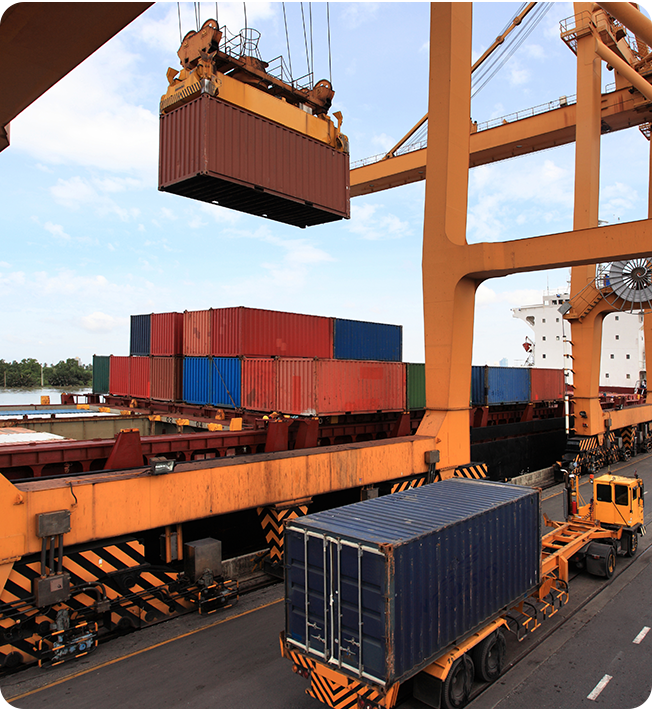About
Background & Motivation
The Transport & Logistics (T&L) sector plays a critical role in the international trade of goods at a national and international level, showcasing its importance and criticality for the modern way of life. At the same time, the resilience of T&L sector has been put to the test due to the unusual load of day-to-day shipments, the interruption of the usual supply chains and the significant restrictions imposed on (inter)national travels. As the world is exiting the crisis caused by the COVID-19 pandemic, multimodal freight transport is expected to rise to new, previously unseen levels, based on the market needs for worldwide replenishment and the lift of travelling restrictions. However, despite the importance and criticality of the T&L sector, important challenges remain unsolved, especially when it comes to multimodal transport that hinder or slow-down the further development of the sector, the expansion of the operational capacity of major transport/transshipment nodes, thus leading to unnecessary delivery delays, increased financial and social costs and even increased environmental impact.
The transport policy of the EU aims to foster clean, safe and efficient approaches, which meet future constraints such as oil scarcity, growing congestion, the need to cut Green House Gas (GHG) and pollutant emissions in order to improve air quality, particularly in cities. By 2050, the transport sector will have to cut greenhouse gas emissions by 60% compared to 1990 and reduce dependence on imported oil. To cope with such high traffic demands, T&L stakeholders are turning more and more towards the integration of novel technologies into their daily operation, attempting to modernize their production, storage and shipment methodology, targeting increased efficiency, trustworthiness, operational capacity, security/safety and cost reductions, among others.

